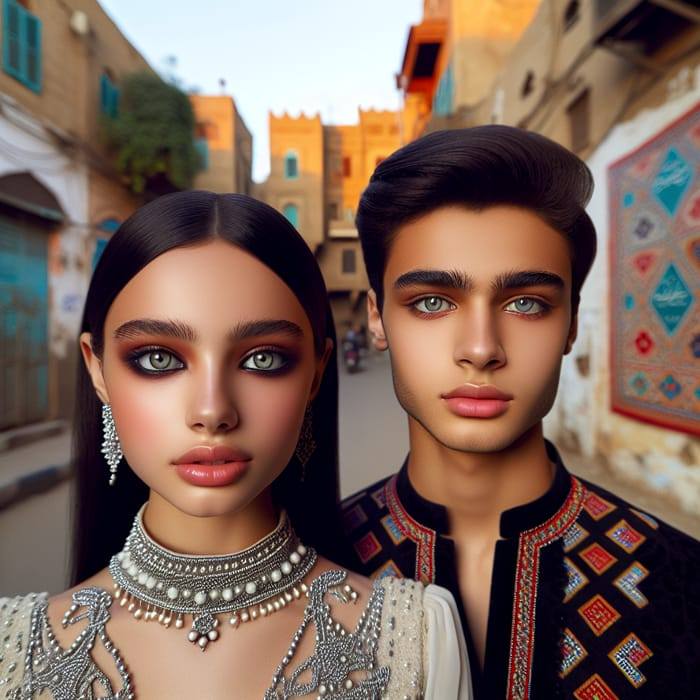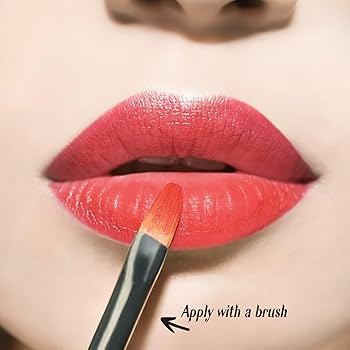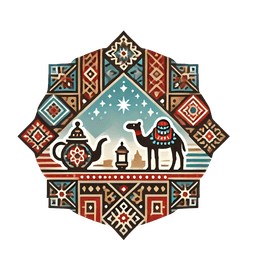- Published on
Khol in Moroccan Culture From Ancient Times to Modern Beauty
- Authors

- Name
- Adil ABBADI
Introduction
In the vibrant souks of Morocco, amidst the bustling markets and colorful textiles, lies a timeless beauty secret passed down through generations: khol. This ancient eye makeup has been an integral part of Moroccan culture for centuries, adorning the eyes of Berber women and symbolizing beauty, protection, and spirituality. From its origins in ancient Egypt to its modern reincarnations in beauty routines, khol remains an enduring symbol of Moroccan heritage.

- Ancient Roots
- Traditional Significance
- Modern Relevance
- Cultural Preservation
- Conclusion
- Cultural Call-to-Action
Ancient Roots
Khol's history dates back to ancient Egypt, where it was used to protect eyes from the harsh desert sun and to ward off evil spirits. The Egyptians believed that khol had magical properties, and its application was a sacred ritual. As the Berbers migrated from Egypt to Morocco, they brought khol with them, incorporating it into their own beauty traditions.
Traditional Significance
In Moroccan culture, khol is more than just a beauty product – it's a symbol of femininity, beauty, and spirituality. Berber women have worn khol for centuries, applying it to their upper eyelids and eyelashes to create a dramatic, intense look. Khol is believed to have spiritual properties, protecting the wearer from evil spirits and bringing good fortune. The traditional application of khol is an art form, with intricate designs and patterns created using a small stick or brush.

Modern Relevance
In modern times, khol has evolved to become a staple in Moroccan beauty routines. The traditional powder has been adapted into a range of products, from creamy eye pencils to gel eyeliner. Moroccan women continue to wear khol as a symbol of cultural identity and pride, while also embracing modern twists on the ancient tradition.
Cultural Preservation
Efforts to preserve and promote khol have led to a resurgence of interest in traditional Moroccan beauty practices. Many Moroccan beauty brands now offer khol-inspired products, incorporating the ancient ingredient into modern formulations. This fusion of tradition and innovation has helped to keep khol relevant, ensuring its place in Moroccan cultural heritage for generations to come.

Conclusion
Khol is more than just a beauty product – it's a window into Morocco's rich cultural heritage. From its ancient origins to its modern adaptations, khol remains an integral part of Moroccan identity. As we continue to celebrate and preserve this timeless tradition, we honor the women who have worn khol for centuries, and we ensure its place in the beauty routines of future generations.
Cultural Call-to-Action
As you explore the world of Moroccan beauty, we invite you to discover the beauty and significance of khol. Try incorporating this ancient ingredient into your own beauty routine, and experience the magic of Moroccan heritage.
